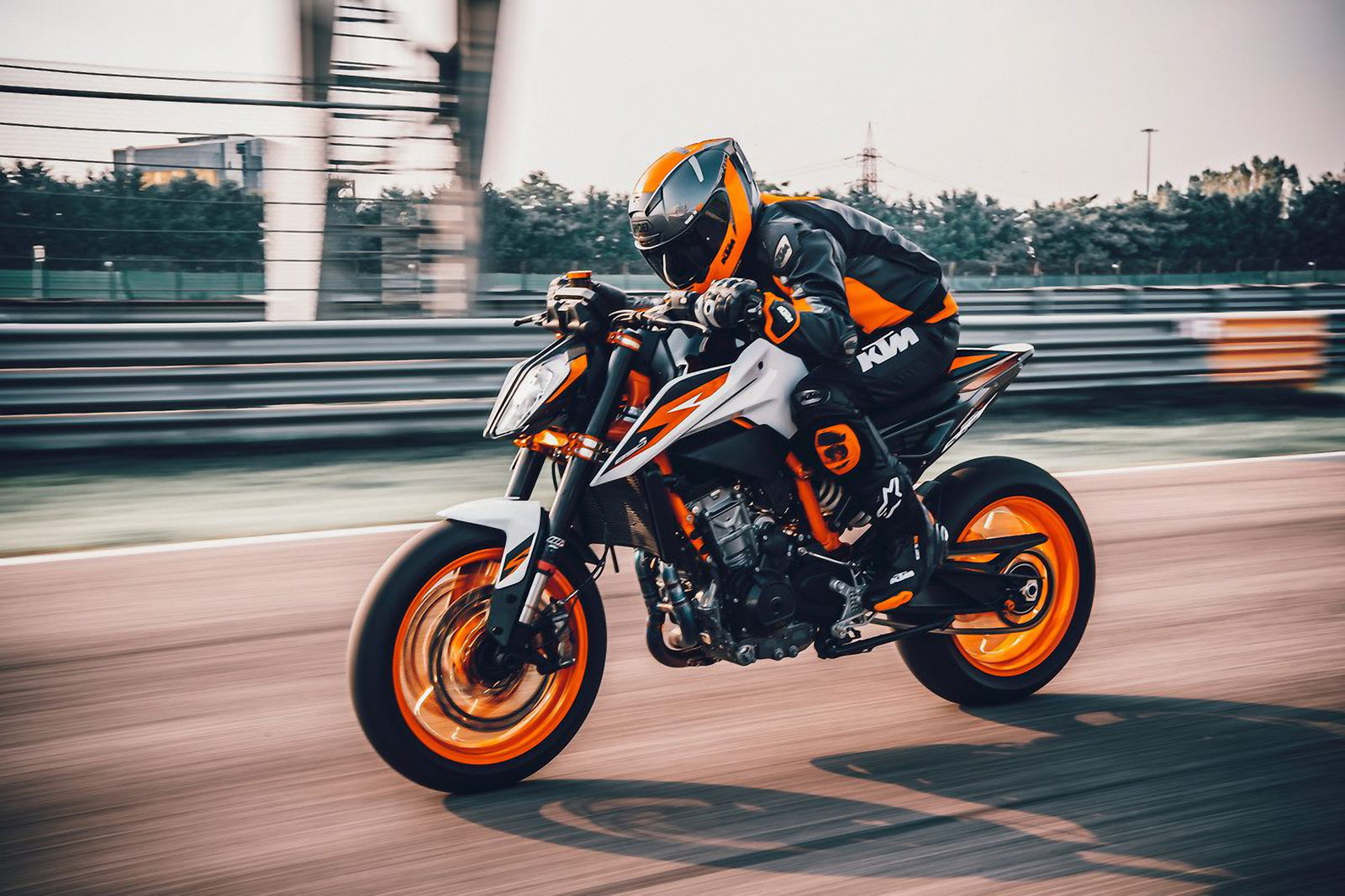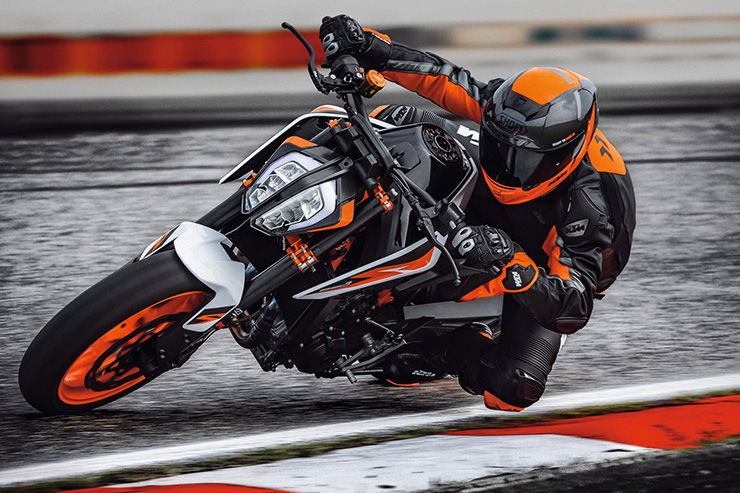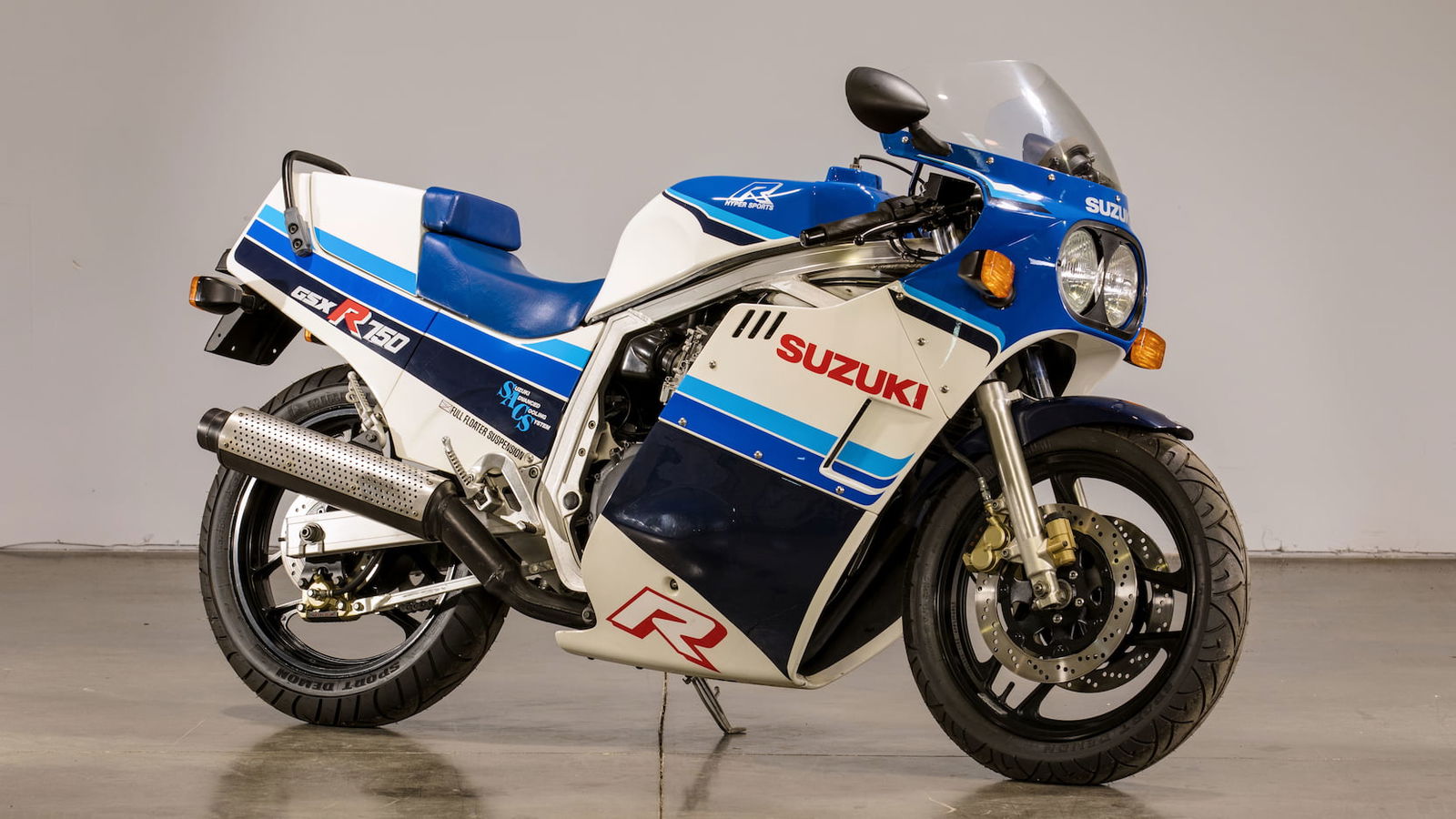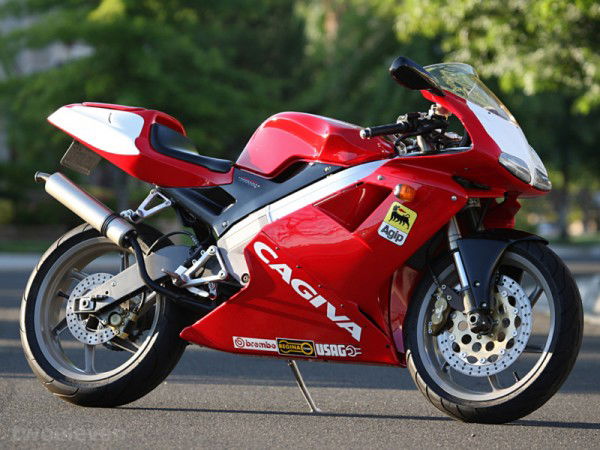Sub 1000cc head to head - Kawasaki Z900 vs KTM 890 Duke R
With 120bhp, about 70lb-ft, and similar kerb weights, is there more that unites than divides the Kawasaki Z900 and KTM 890 Duke R?

MIDDLE weight naked motorcycles of the modern age are designed to deliver the thrills of a thousand without any of the licence-losing danger of a 200bhp motorcycle.
But aside from that, they also have to be comfortable enough for distance and everyday work, accessible for riders moving up the ranks, and funky enough to entice newer riders into the scene. Sounds easy, doesn’t it?
Kawasaki Z900 vs KTM 980 Duke R
For 2020 both bikes have gone through updates, lets take a look at each in detail. The Kawasaki gained a slinky looking TFT dash, the all-important traction control and riding modes. It also got a light visual makeover, although, with more than 30,000 of these things sold in the last four years, the changes are subtle.
The KTM got a more thorough going over, with the most notable change being the addition of an ‘R’ to the name. The Duke also got a capacity hike over the previous generation, now 890cc, the Duke R gets more power, torque and goodies than before.
.JPG?width=1600)
To ride these bikes are both very different. The Kawasaki is a nicer place to be, with a more relaxed riding position and easy-going rider triangle. The KTM is part naked, part supermoto, with you seeming to sit chin over the front wheel, no matter how you position yourself.
Once on the move, the tale of two bikes continues. For less experienced pilots, the KTM will feel very point and squirt, while more experienced hands will welcome its fast turning dynamics and racy geometry. I’ve ridden both the old 790 Duke and the latest 890 Duke R at length and always found the bike to be one of the most accurate bikes on the planet. Pick a postage stamp stuck to an apex and it’ll hit it like an Exocet missile. The thing is that away from scaring the scenery, the firm set up can become a little jarring over long distances.

The Z900 on the other hand is a typical Kawasaki naked, relaxed, and compliant on gentler rides, while more than willing to go hunting out apexes should you need it to. The ride quality of the Kawasaki is a much more refined than the KTM too, with the adjustable front and rear suspension offering enough feel and feedback to let you accurately feel your way to the bike's limit. The trade-off is the bike isn’t quite so accurate in certain scenarios like track riding, although its more than up to the task over keeping any rider of any level more than entertained.
Engine-wise, both bikes have seen some major updates for 2020, with the Z900 instantly winning my heart on the bike’s launch in Spain last year. It’s a silky smooth lump of utter loveliness, with one of the best stock exhaust notes this side of a factory world superbike. The engine is super tractable, with bags of low down and mid-range grunt all making it great for town riding. The throttle connection is excellent, having been updated for the 2020 model. Once out of the town and only the open road it allows you to confidently and smoothly pick the bike up on the power and make the most of the 120-odd bhp.
.JPG?width=1600)
The KTM’s engine is slightly less powerplant when directly compared to the Kawasaki – although, it is a parallel twin, and some of that character comes with the territory, doesn’t it? It is though a easier to use unit that the one found in the previous generation, 790 Duke, with the fuelling at high and low speed both being improved over the 790. Another improved area of the bike is the quickshifter, which was always a fickle thing to use on the 790cc models. On the 890 though it worked well for me, shifting smoothly at low and high speed, complimenting the bike with some nice pops and bangs on upshifts and downshifts.
As I mentioned at the start, the Kawasaki gains some bonus electronics over the previous generation machine in the form of traction control and engine power modes. It's all switchable through the left hand switch cube and can be done on the fly too. While the Kawasaki’s electronics are handy, they aren’t sports bike rivalling, and affirm the machine as much more of a road bike than a track day tool.

The KTM on the other hand a bevvie of top-spec gadgets and gizmos. The most important is the new six-axis IMU controlling ABS and traction control functions. After that, you have riding modes from Rain right through to Track. The 890 Duke R also features wheelie control and slip control (like an electronic slipper clutch), and launch control. To gain access to these sports bike levels of tech though, you’ll probably end up shelling out some dough. The Tech pack gets you everything, although it comes in at £655! That makes it a bit of a grudge payment, when all the technician will do, is plug in a dongle and uploads some software.
And while we’re on the subject of money, how do these two bikes shape up price-wise? The KTM and all its whizz-bang gizmos and track day prowess comes in at £10,399, although with some enticing deals you could land one for around £140 a month on a PCP based on a £2,500 deposit. The Kawasaki on the other hand comes in at £8,899, or £87 on a PCP based on the same £2,500 deposit.
After mulling over this one long and hard, the final result is very close, the KTM offers levels on control and accuracy that very fast road riders and track day junkies will find it hard to resist. But for 75% of riders, the subtle nuances and electronic support will just go over their heads. Plus you don’t spend every day on a track on a bike like this, it has to be a more all-around solution to the naked bike problem.
.jpg?width=1600)
That’s why we’d choose the Kawasaki Z900 if we were picking between the two – and to back that up with some fact, I actually did. I’ve been running a Z900 around all year and have found it to be everything that I want and need from a naked motorcycle. For the price, the rideability, and the way it makes you feel, there’s no better sub-1000cc naked on the market.


